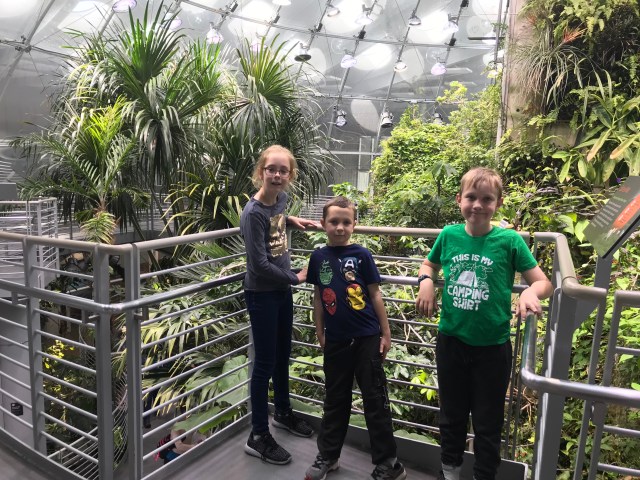Did you know that San Francisco is home to an aquarium, planetarium and natural history museum, all under one “living” roof? Right in the heart of Golden Gate Park is the California Academy of Sciences and it is full of animals, art, science and more—all waiting for your visit. Peruse our guide to getting the most out of your Cal Academy visit and plan your day there ASAP!
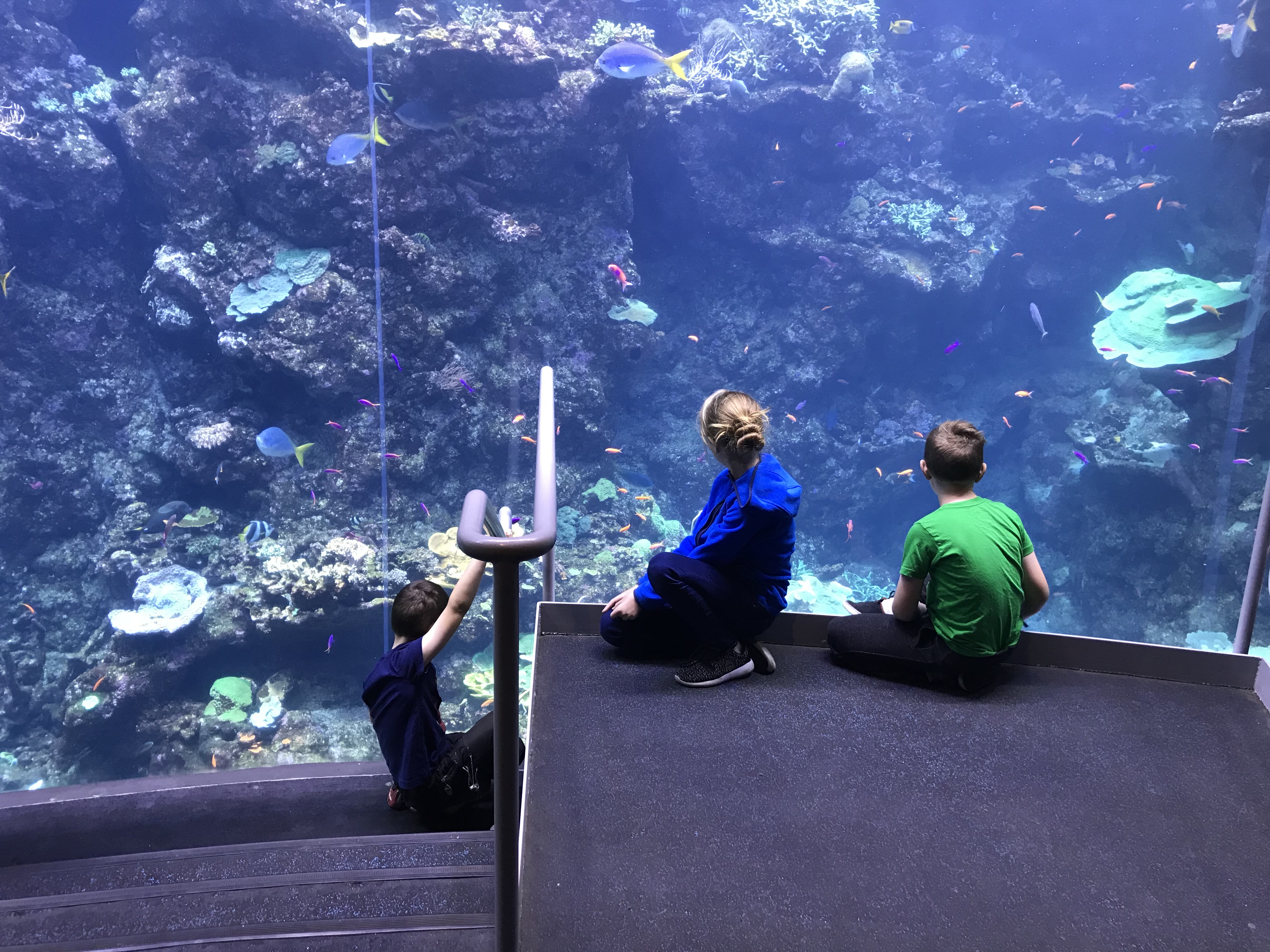
Getting Started
You can literally spend the whole day exploring the Cal Academy so plan to get there early. There is a below-ground parking lot located on Fulton Street and 10th Avenue that is your best bet if you are arriving by car. It does fill up so an early arrival is better. If you arrive by public transportation, foot or bicycle, you’ll save $3 on the admission price. Check out all the info here on what buses and streetcars are the best way to arrive.
Weekends and school holidays are the busiest days at the Cal Academy. Weekdays are often full of school field trips but those usually wrap up by early afternoon. Save some time and buy your tickets in advance online and you’ll be able to skip the big line.
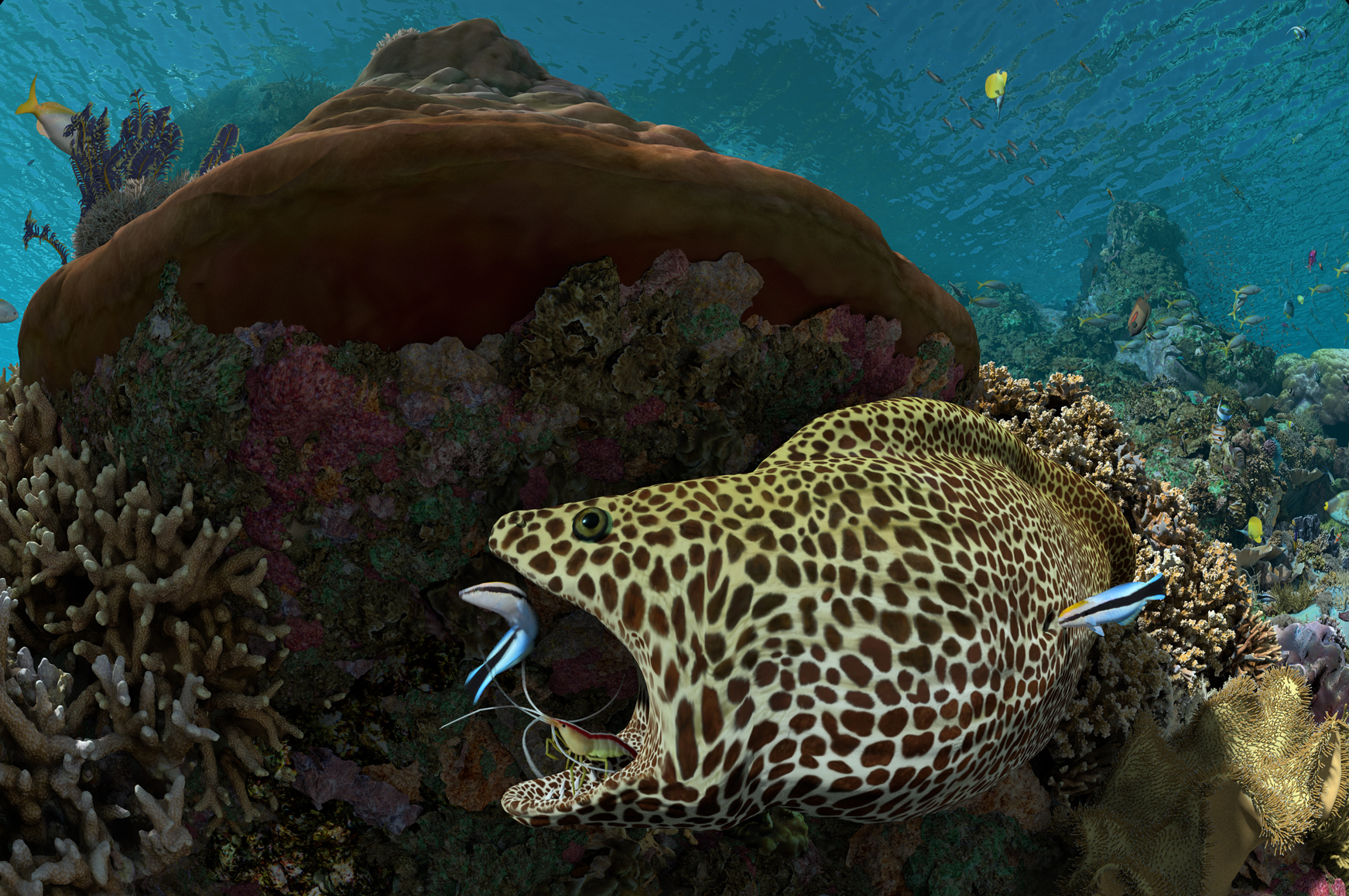
photo: California Academy of Sciences
Morrison Planetarium
When you arrive at the Cal Academy, make a beeline to the planetarium ticket desk (located next to the souvenir shop) and grab your tickets to the show you want to see. The current show, Expedition Reef, will take you on an undersea adventure to learn about the delicate coral reef ecosystem and what we need to do to keep these reefs alive. With over 25% of marine life on Earth supported by coral reefs, there is much to be done to combat the threats of global warming, over-fishing and habitat destruction. Ideal for ages seven and up, planetarium shows are included in your admission price.
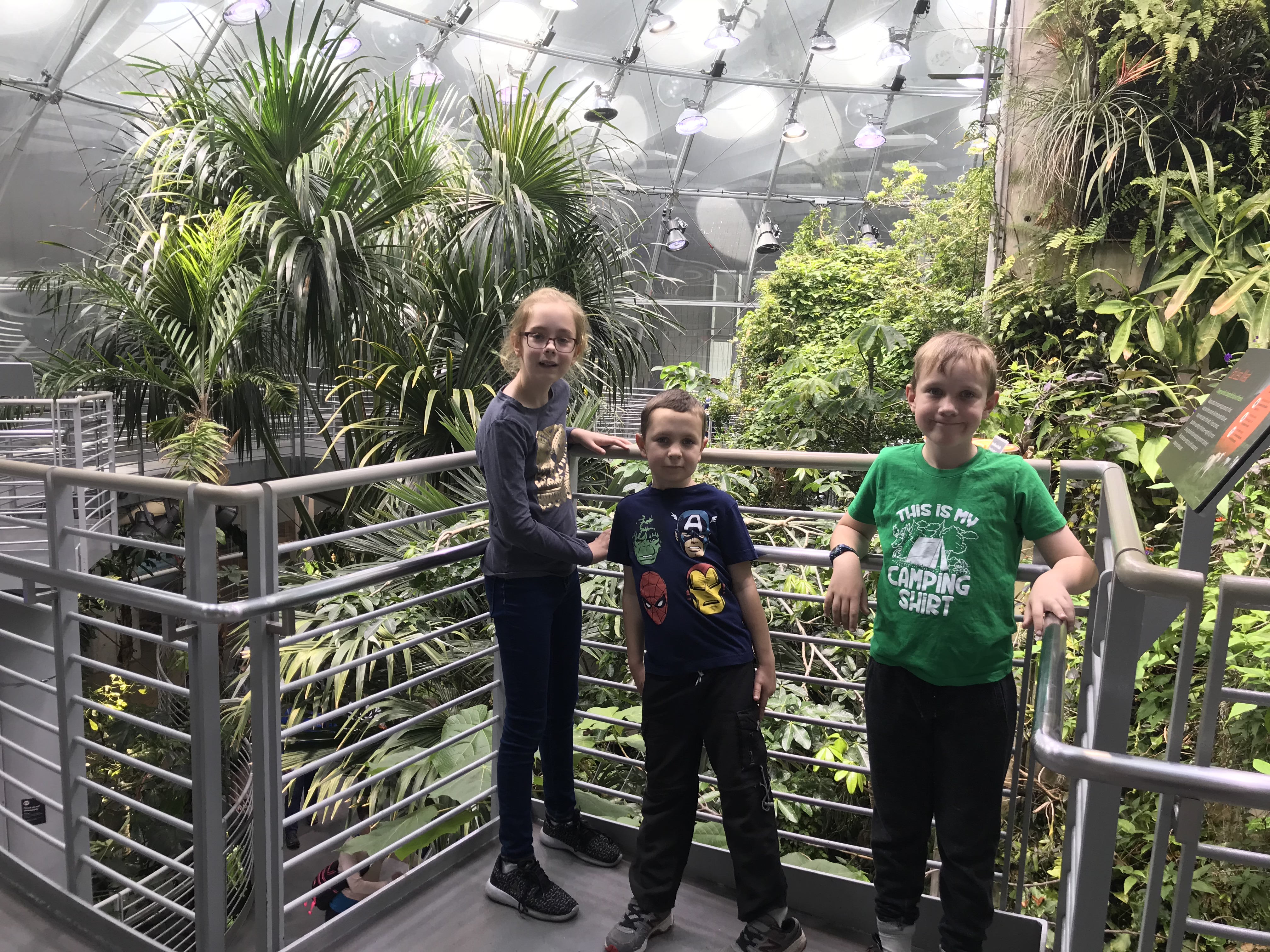
Osher Rainforest
Right in the middle of all the Cal Academy action is the Osher Rainforest. You enter this four-story rainforest on the ground floor and follow your way up through the canopy as you view free-flying birds, giant butterflies and loads of tropical flora. Your only way to exit is at the top where you take an elevator down to the aquarium level and exit the exhibit.
It can get a bit hot inside the rainforest so plan to dress in layers. If you arrive early in the day, plan to get in line for the rainforest after you snag your planetarium tickets as the lines do get long throughout the day (as limited numbers of people are allowed in at one time).
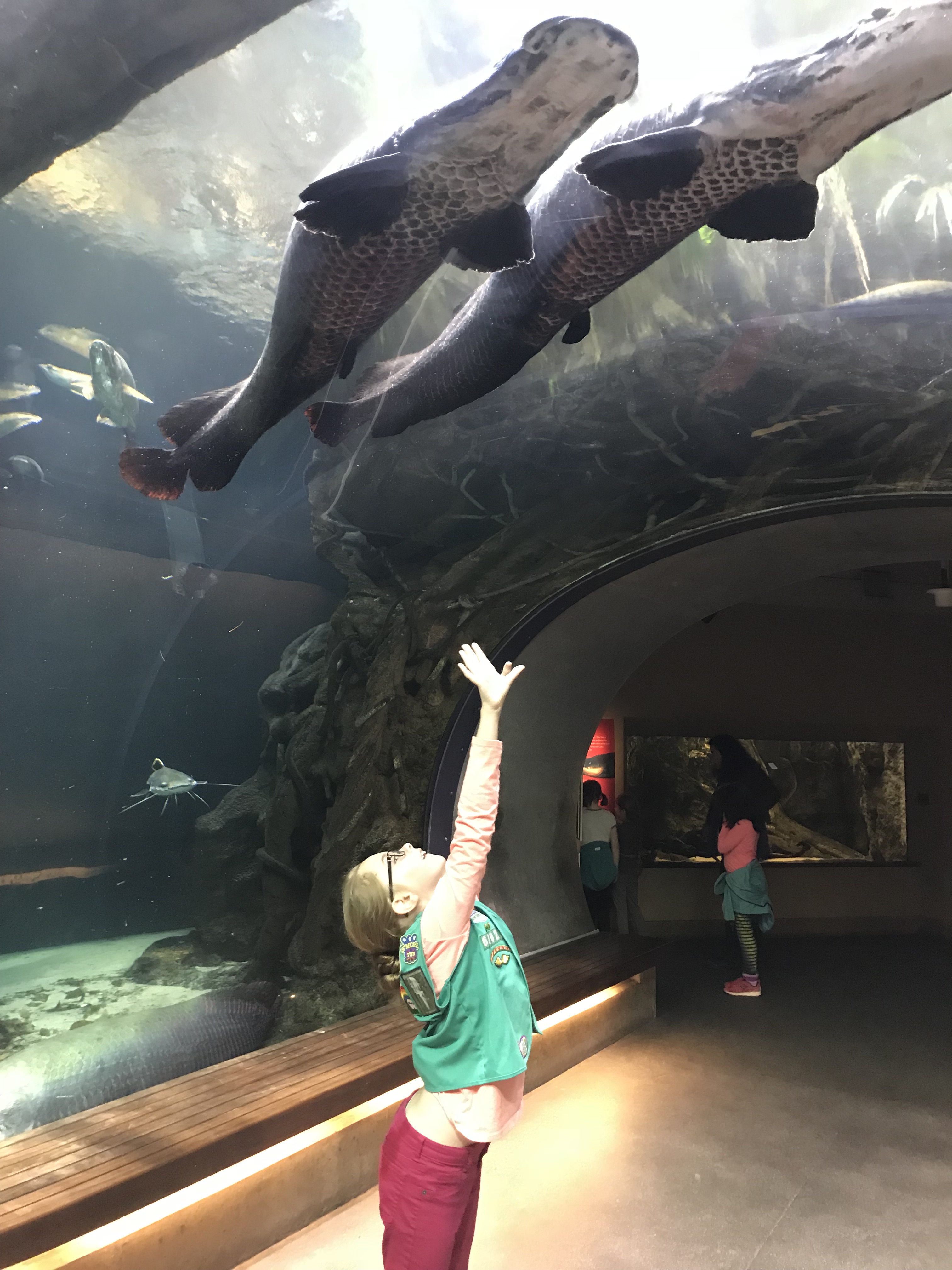
Steinhart Aquarium
When you exit the rainforest exhibit you will find yourself in the middle of the Steinhart Aquarium. Here you can see over 400,000 animals that represent more than 900 different species. At 25-feet deep and holding 212,000 gallons of water, the Philippine Coral Reef tank is one of the deepest exhibits of live corals in the world, housing a broad range of marine life. Check the daily schedule to make your way to this tank for the daily coral reef dive where a diver with an underwater microphone answers all your reef-related questions.
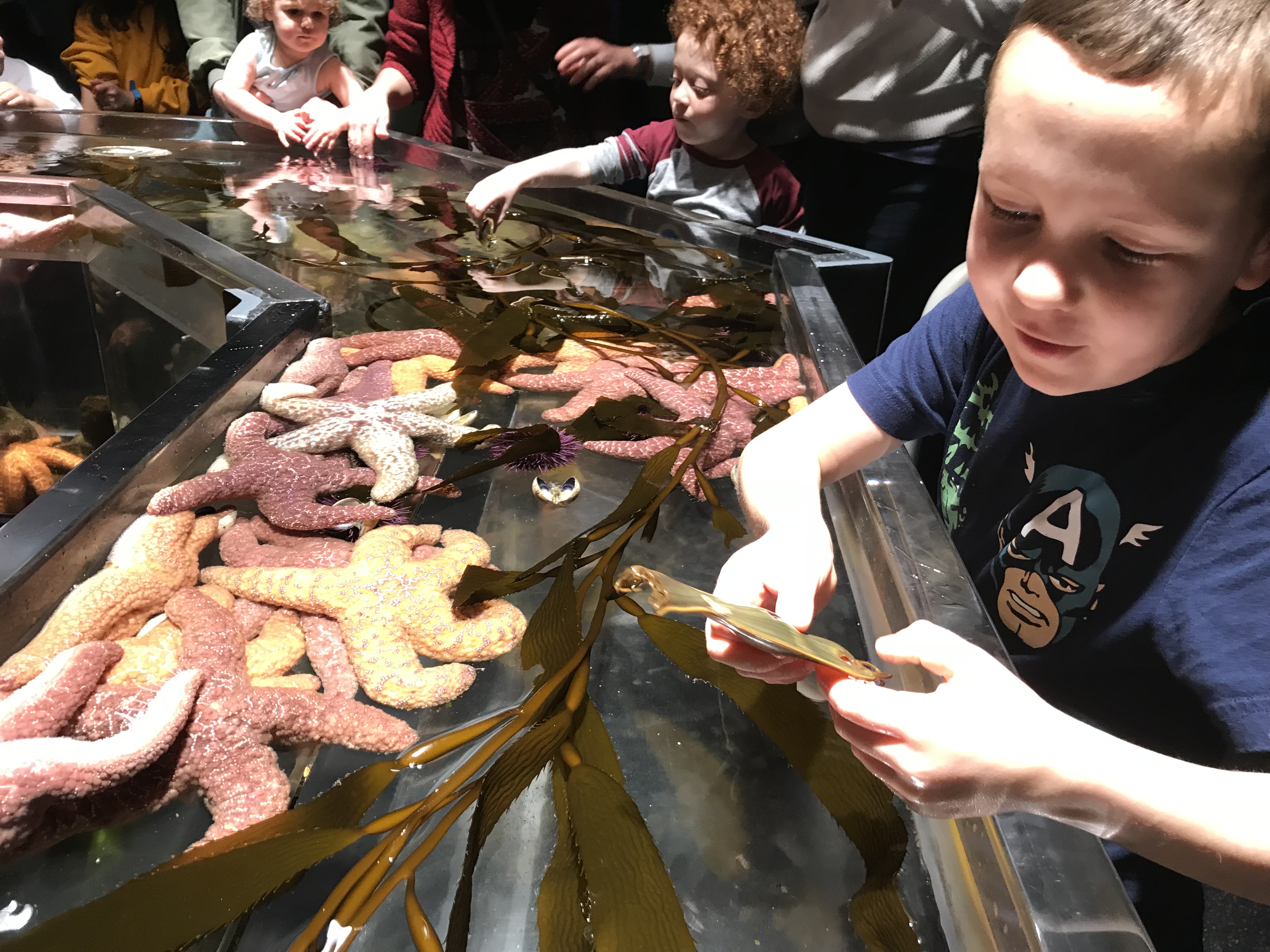
Kids will love checking out the starfish and sea urchins in the Discovery Tidepool touch tank and also watching the sea dragons glide through the water. Before you exit the exhibit, make sure you spot Claude, the albino alligator, who lives among snapping turtles and koi fish in the Swamp.
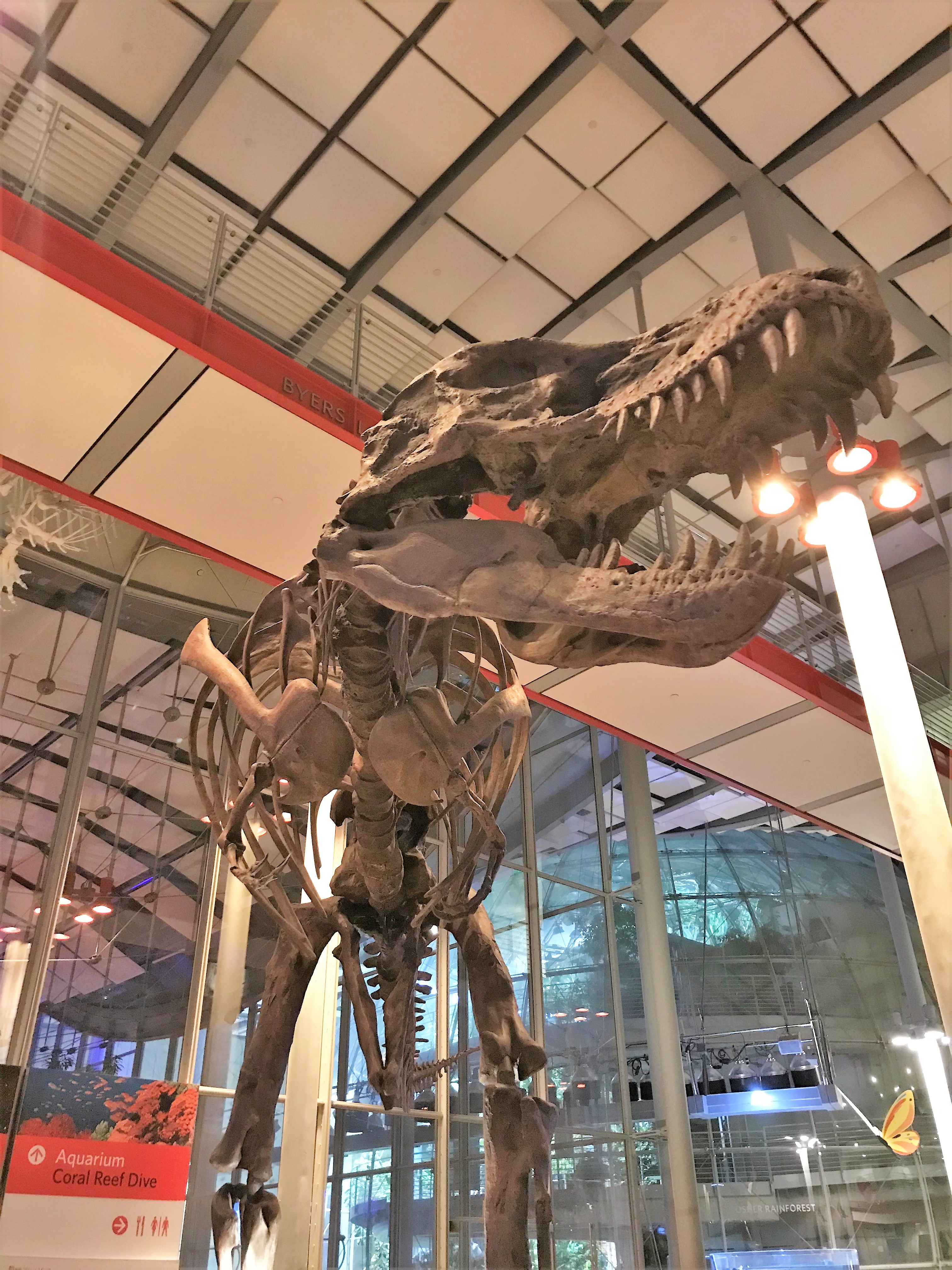
Kimball Natural History Museum
From the moment you enter the doors and are greeted by the towering T. Rex skeleton, you are in a world of wonder at the Cal Academy. The Kimball Natural History Museum includes immersive exhibits where you can learn about animal diversity, Head to the Tusher African Hall to visit with the resident penguins (check the calendar to be front and center for daily penguin feedings) and see dioramas of African landscape.
You will be mesmerized when you stop at the Foucault Pendulum, a concrete example of the Earth’s rotation. The Color of Life exhibit is a fun place to learn about animal behavior (make sure to find the corner where you can join in the animal mating dance).
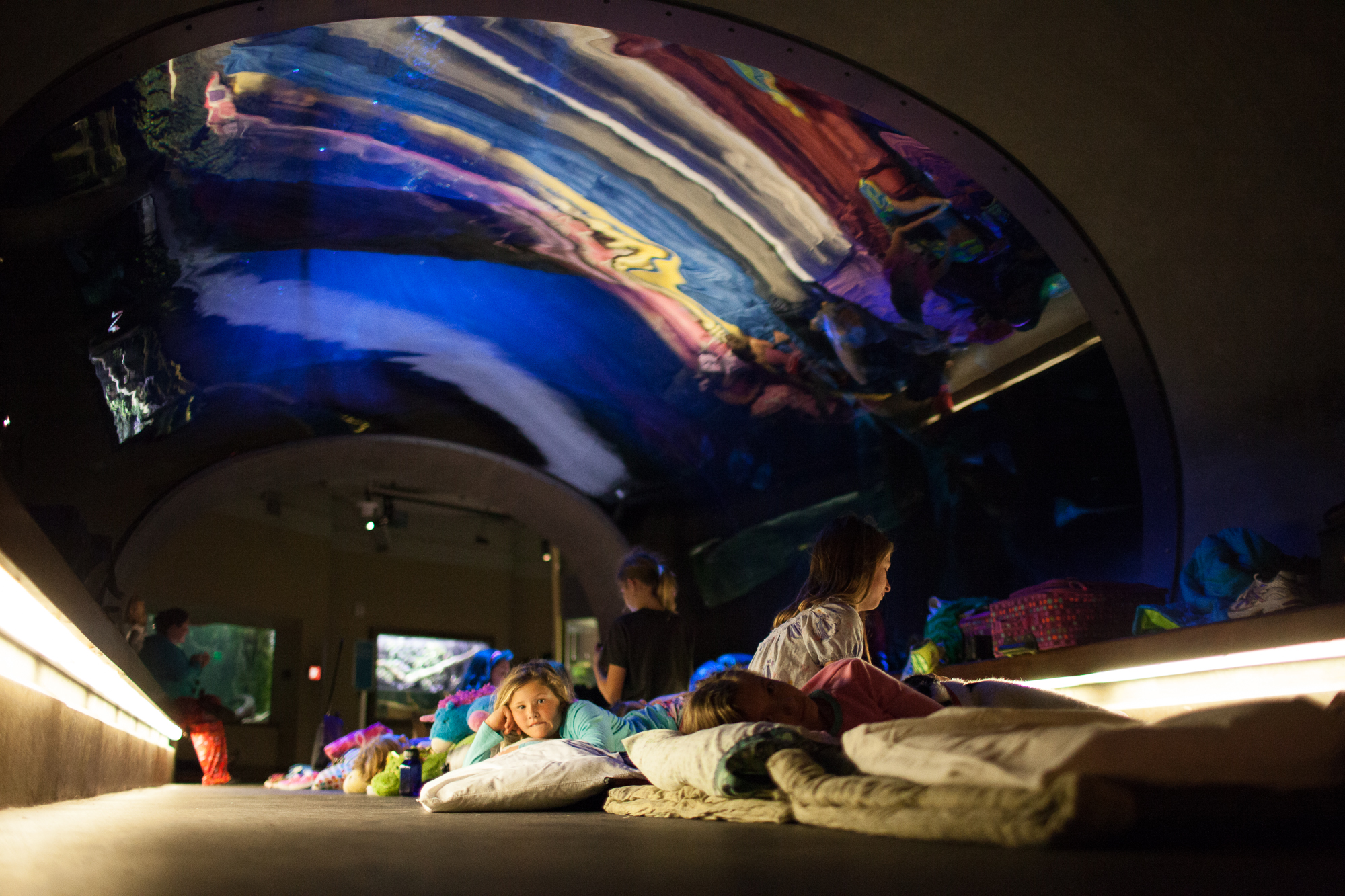
photo: California Academy of Sciences
The Details
The California Academy of Sciences host the family-favorite Penguins+Pajamas Sleepover throughout the year. Kids ages 5 and up plus their parents can roll out their sleeping bags in the aquarium or one of the other exhibits and spend the night at the Academy. You can also book a behind-the-scenes tour to get the inside scoop on the exhibits and also view off-exhibit areas like the animal food prep kitchen. Private animal-encounter tours are also available with various themes.
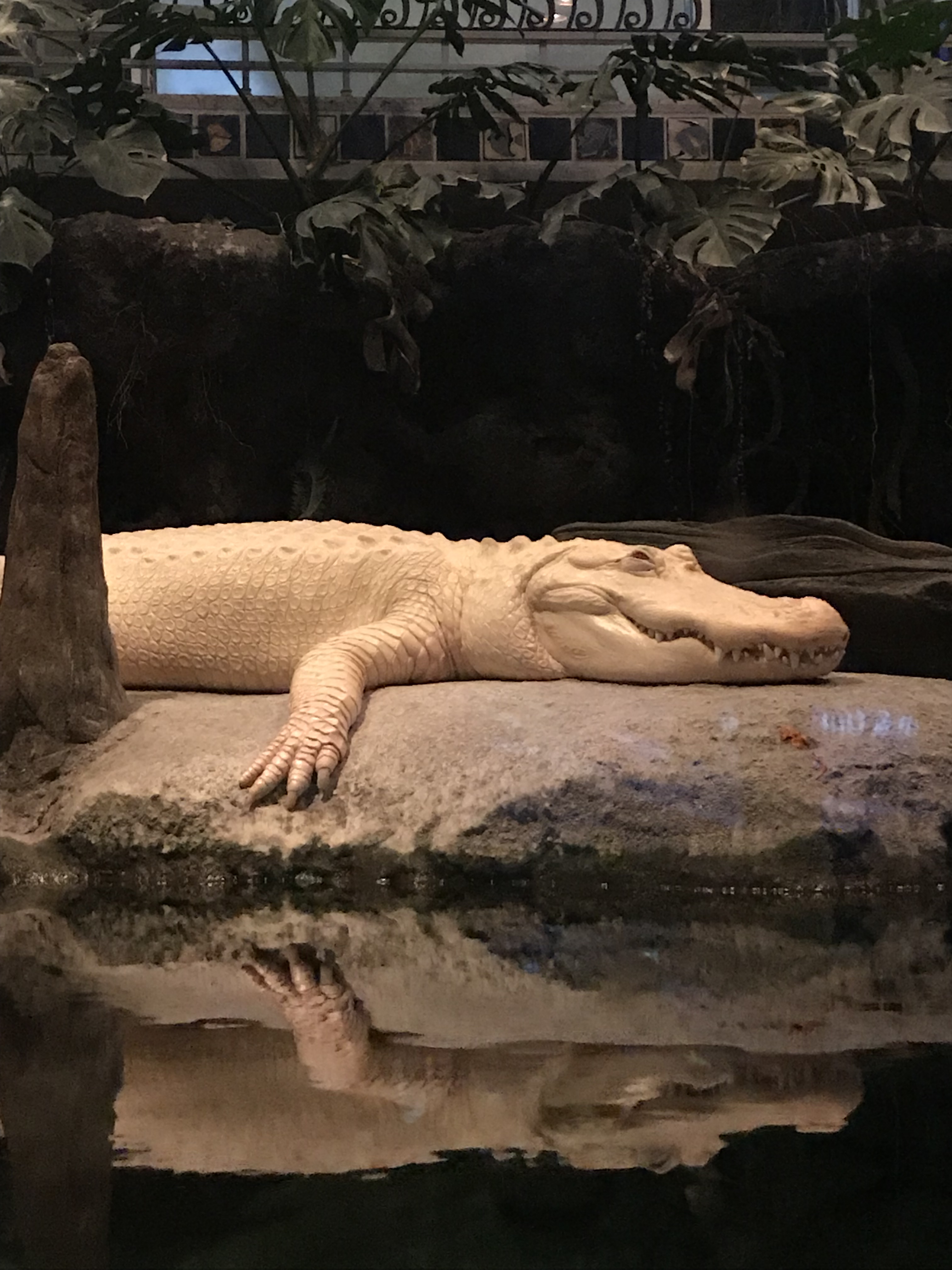
Looking for a spot to host your next birthday party? The Academy will plan a birthday bash for your little scientist and you don’t have to do any of the work.
The Academy Cafe offers lots of options for on-site dining. Or, you are welcome to bring your own food for dining in the outdoor areas or in the indoor piazza.
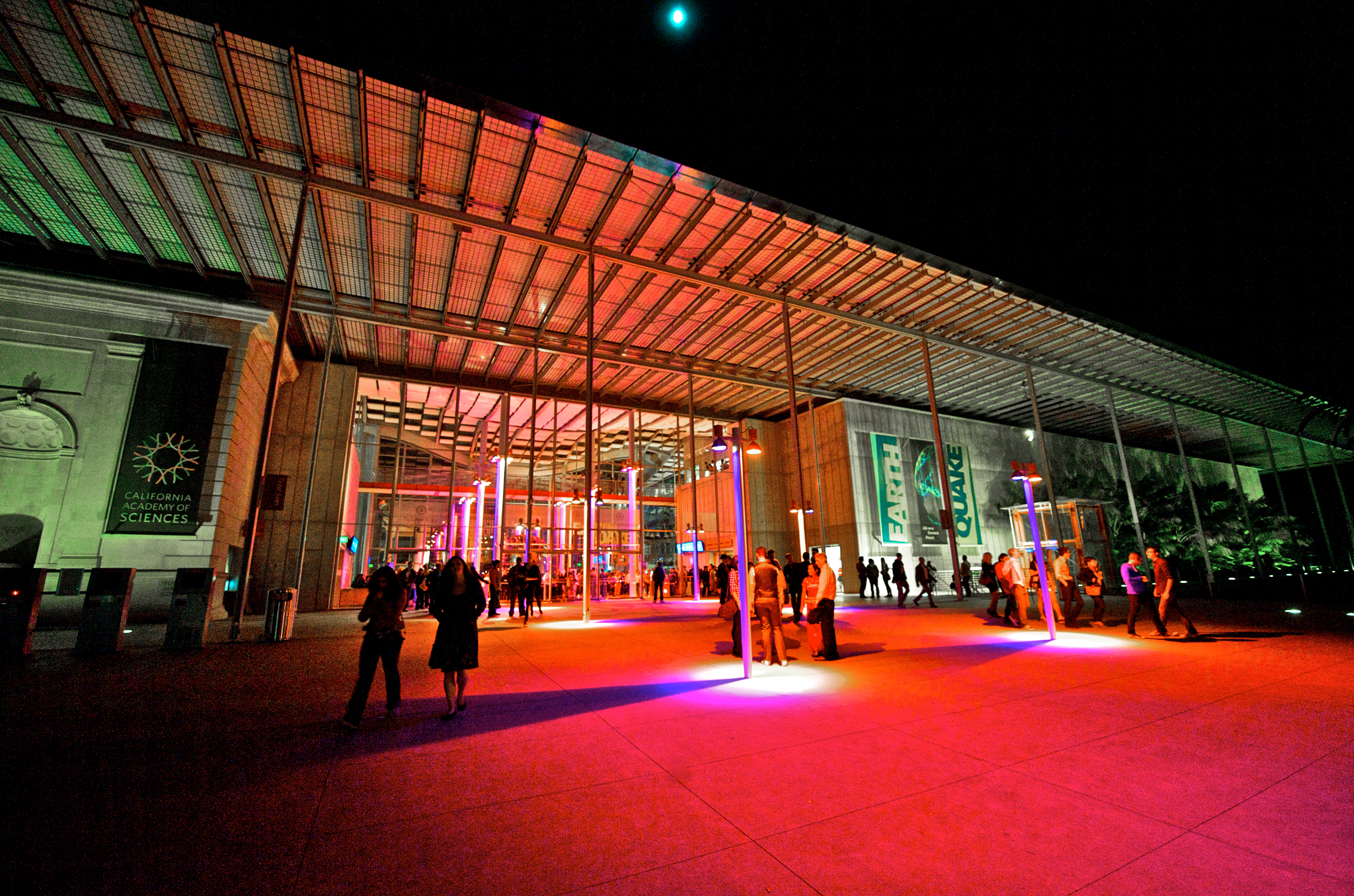
photo: Tim Williamson
Parents looking for a night out on the town sans kids will enjoy the Academy’s Thursday night NightLife events where you can enjoy music, cocktails and creatures with special programming each week.
California Academy of Sciences
Golden Gate Park
55 Music Concourse Dr.
San Francisco, CA
Admission: $35.95/adults, $25.95/kids 4-11, $30.95/youth 12-17, kids 3 and under are free
Family membership: $249/two adults and children/grandchildren
Hours: Mon.-Sat., 9:30 a.m.-5 p.m., Sun., 11 a.m.-5 p.m. Opens an hour early for members
Online: calacademy.org
What’s your kid’s favorite area at the California Academy of Sciences? Share it below!
—Kate Loweth
Photos by the author except where noted.
RELATED STORIES:
16 Free or Cheap Things to Do in Golden Gate Park
3 Perfect Days in San Francisco: The Best Things to Do with Kids in the Bay Area
